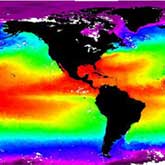NOAA National Oceanic and Atmospheric Administration
The National Oceanic and Atmospheric Administration is an American scientific agency within the United States Department of Commerce that focuses on the conditions of the oceans, major waterways, and the atmosphere.

Science Facts Written by NOAA National Oceanic and Atmospheric Administration
What Is The Most Damaging Hazard From A Hurricane?
The greatest potential for loss of life and property related to a hurricane is from the storm surge—water pushed ashore by the force of the winds accompanying a hurricane. Although hurricanes are ... Continue reading
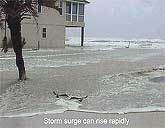
Hurricanes, The Basics
There is nothing like them in the atmosphere. Born in warm tropical waters, these spiraling masses require a complex combination of atmospheric processes to grow, mature, and then die. They are not ... Continue reading
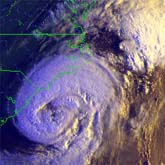
Is There Weather In Space?
Space weather occurs in the area between the Earth and the Sun and refers to the disturbances and storms that swirl through space, which could have adverse effects on human activities. These ... Continue reading
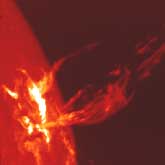
Diadromous Fish
Diadromous fish are fish that migrate between freshwater and saltwater. The migration patterns differ for each species and have seasonal and lifecycle variations. Only one percent of all fish in the ... Continue reading
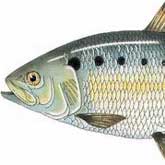
The Color of The Sunset
Color in the form of pigment does not exist in the atmosphere. Instead, the color we see in the sky results from the scattering, refraction, and diffraction of sunlight by particles in the atmosphere, ... Continue reading

A Big, Big Wave
A tsunami (pronounced 'soo-nah-mee') is a series of waves of extremely long wave length and long period generated in a body of water by an impulsive disturbance that vertically displaces the water. ... Continue reading
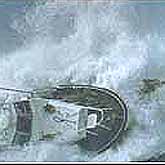
What Is Coral Bleaching?
Certain types of stressors, such as increased sea surface temperatures or toxic exposures to oil, can cause coral polyps to lose their pigmented zooxanthellae, or to 'bleach.' Bleaching occurs ... Continue reading

A Great Sunset Takes A Few Clouds
Although the twilight sky can certainly inspire awe even when it is devoid of clouds, the most memorable sunsets tend to be those with at least a few clouds. Clouds catch the last red-orange rays of ... Continue reading
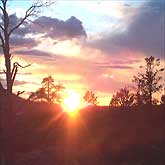
Beluga Whales
Beluga whales inhabit the Arctic and subarctic regions of Russia, Greenland, and North America. Some populations are strongly migratory, moving north in the spring and south in the fall as the ice ... Continue reading

What Is Air Pressure?
You can think of our atmosphere as a large ocean of air surrounding the Earth. The air that composes the atmosphere is made of many different gases. Nitrogen accounts for as much as 78 percent of the ... Continue reading
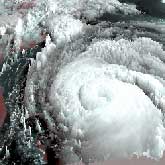
Endangered Species - The Hawksbill Turtle
The hawksbill turtle's status has not changed since it was listed as endangered in 1970. It is a solitary nester, and thus, population trends or estimates are difficult to determine. The hawksbill is ... Continue reading
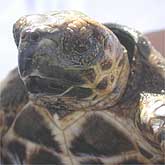
Who Named The Cloud Types?
Clouds held a particular fascination for a young Englishman named Luke Howard (1773-1864). His father had sent him to grammar school at Burford, a village to the west of London. But Luke was more ... Continue reading

Global Warming?
The contiguous United States experienced its 16th coolest summer on record and seventh coolest August, according to scientists at NOAA Climatic Data Center in Asheville, N.C. While much of the West, ... Continue reading
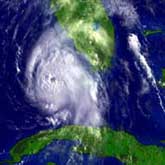
What Are The Dangers Of Lightning?
Lightning is the underrated killer. In the United States, there are an estimated 25 million cloud-to-ground lightning flashes each year. While lightning can be fascinating to watch, it is also ... Continue reading
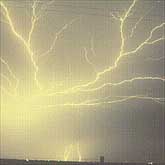
What is Geodesy?
Geodesy is the science of measuring and monitoring the size and shape of the Earth. Geodesists basically assign addresses to points all over the Earth. If you were to stick pins in a model of the ... Continue reading
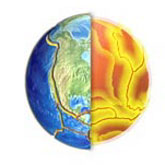
Lionfish Invasion
Lionfish (Pterois volitans/miles complex) are beautiful, yet venomous, coral reef fish from Indian and western Pacific oceans that have invaded East Coast waters. Ironically, this species of lionfish ... Continue reading

Steller Sea Lion Biology
The Steller sea lion (Eumetopias jubatus) is the largest member of the Otariid (eared seal) family. Males may be up to 325 cm (10-11 ft) in length and can weigh up to 1,100 kg (2,400 lb). Females are ... Continue reading
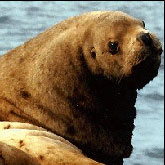
A Undersea View of Our Earth's Geography
The ocean bottom is divided into three major areas: the continental shelf, the continental slope, and the deep ocean basin. The continental shelf extends underwater from each of the major land masses ... Continue reading
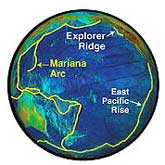
Seamounts - Underwater Mountains
Seamounts are undersea mountains that rise from the ocean floor, often with heights of 3,000 m or more. Compared to the surrounding ocean waters, seamounts have high biological productivity, and ... Continue reading
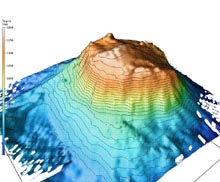
What Are The Differences Between Global Warming, Greenhouse Effect, Greenhouse Warming, And Climate Change?
The term Global Warming refers to the observation that the atmosphere near the Earth's surface is warming, without any implications for the cause or magnitude. This warming is one of many kinds of ... Continue reading
